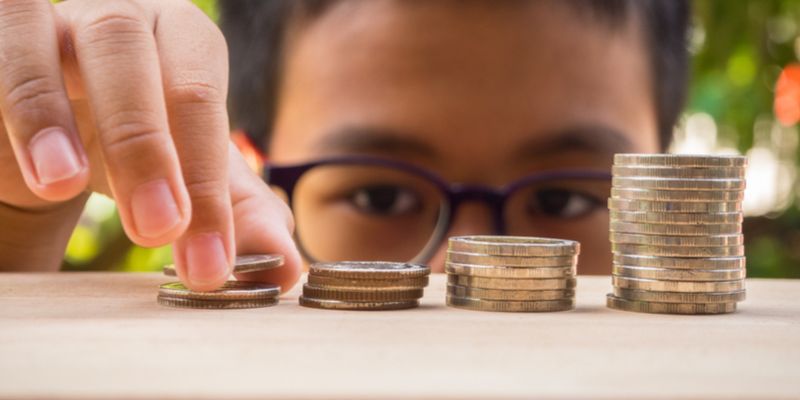Children don’t make many financial decisions beyond deciding when and how to spend their allowance. But they shouldn’t wait until they’re adults - when there’s more at stake - to learn how to be financially responsible.
Teaching Students to Be Financially Responsible Early On
Did you know that children as young as three years old understand the basic concept of saving money? What’s more, a 2013 study by the Money Advice Service found that most children’s money habits are formed by the age of seven. This means that the money lessons your students learn now will stay with them into adulthood.
Financial responsibility is a life skill that is best taught early on to ensure students are equipped to make good financial decisions as adults. There are four lessons students need to learn in order to spend, invest and save wisely:
- Budgeting: Tracking income and expenses, and learning to allocate money to the things they may need and want.
- Delayed gratification: Understanding the value in waiting rather than spending in the moment. This skill is beneficial for both saving and investing.
- Comparison shopping: Considering factors like cost, value, sales and discounts before making a purchase.
- Good decision-making: Making smart spending choices by understanding the difference between needs and wants.
5 Activities to Teach Financial Responsibility
Yes, it’s mostly up to parents to teach their children to be financially responsible. But you can reinforce what your students learn at home with these fun, hands-on activities that also promote financial literacy:
Money Hot Dots® Flash Cards
The first step to smart money management is learning to identify and count money.
These flash cards reinforce math skills while teaching bill and coin recognition. The double-sided cards feature 100 interactive money problems that students can use alone, with a partner or in a group. With this game, students can also use a “talking pen” to receive positive reinforcement for correct answers and gentle redirection for incorrect answers.
Classroom Economy
Give students a lesson in money management and responsibility by building a classroom economy! This hands-on activity teaches real-life skills in a safe environment and it can be easily adapted for after school programs.
The classroom economy gives students actual jobs to complete, like line leader or board eraser. Students get “paid” for their jobs and can spend their earned money on pre-selected rewards. To get started, check out this editable classroom economy toolkit from Core Inspiration.
The Bean Game
Teaching students about budgeting can be tricky, but this no-tech activity offers a simple solution. The Bean Game was first introduced as a way to teach high school students about budgeting. But younger students can also benefit from this simple activity with some extra guidance. It will also help them understand important concepts like needs vs. wants, resource constraints and cost of living.
The game challenges students to live on a “20 bean salary.” Then they’re tasked with managing their “money” across different categories like housing, food, personal care and transportation. The game ends with a few discussion questions to give students a chance to share and reflect on their budgeting decisions.
Buy It Right Money Game
Need a fun way to teach students the value of money? The Buy It Right Money Game teaches students the importance of money recognition, adding and making correct change through interactive play.
It also gives students a chance to set prices, buy and sell items and learn the value of money as they move around the game board. It includes a calculator, play bills and coins and other game pieces to help students as they shop!
Monopoly
Monopoly is a fun and interactive way to introduce financial concepts and teach students to be financially responsible. Through play, they’ll learn about spending, saving and investing their money. If students don’t spend wisely, they’ll go bankrupt!
It also covers the money lessons we mentioned earlier. As they make their way around the board, students will learn the value of money and the importance of spending wisely.
As program leaders, you play an important role in developing financially responsible students.
And these activities can help you teach students about key financial concepts in a fun and engaging way. How do you teach your students about financial responsibility?








